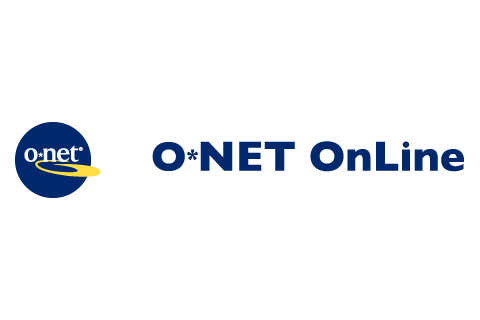
Looking for a tool that will help you learn more about yourself and future career paths? Try out the O*NET Interest Profiler! Sponsored by the U.S. Department of Labor, O*Net will help you discover your interests and match those interests to potential careers.
So how do you use it? You can find this resource on The Center for Career Development Website, or by clicking on the link above. It is 100% free, and there is no signup required! In order to get your results, you will need to answer 60 questions about different work activities. For example, you would rate an activity like “study ways to reduce water pollution” based on whether or not you would enjoy doing that type of work.
The profiler groups interests into six categories (realistic, investigative, social, artistic, enterprising, and conventional), and once you have answered all 60 questions, the profiler will provide you with a numerical score for each of the six categories. The category that you receive the highest score for is the one that your answers most directly aligned with. The website will provide information on what these particular categories actually mean as well.
After this, you’ll be asked to identify a job zone, which can be a great opportunity to explore different careers based on how much education, experience, and training you anticipate receiving. Some people do not want to get a master’s degree and that is fine; this profiler will help you find careers based on what level of education you choose to pursue.
Once you identify a particular job zone, you will be matched with a multitude of careers that correlate with your interests! Click on one of the jobs listed for you, and you’ll be able to read about what responsibilities the particular job entails, what technology you may be required to use on the job, and what skills, personality, knowledge, and abilities you’ll need to succeed in the role. Additionally, information about the level of education required to attain the role is provided, along with the typical salary and the job’s future outlook.
The best part about this profiler is that once you identify a certain job zone or role, you can always go back to the previous page and select a different interest category, job zone, or occupation to review. This means that your results are fluid, so the exploring doesn’t have to end! Feel free to take your time looking at different job zones and careers to find something that you would be interested in!
Photo Courtesy of The Department of Labor
